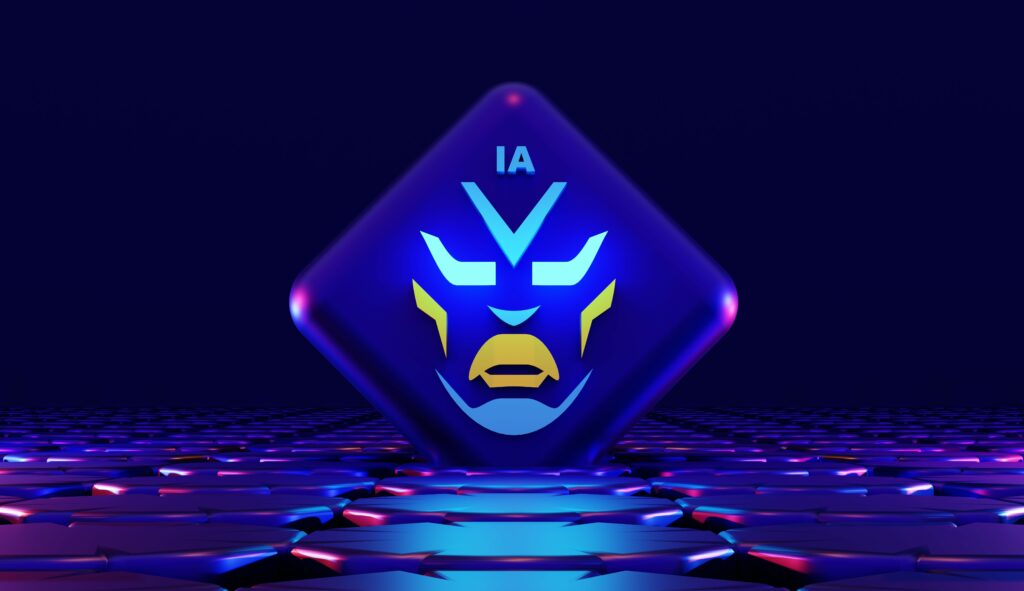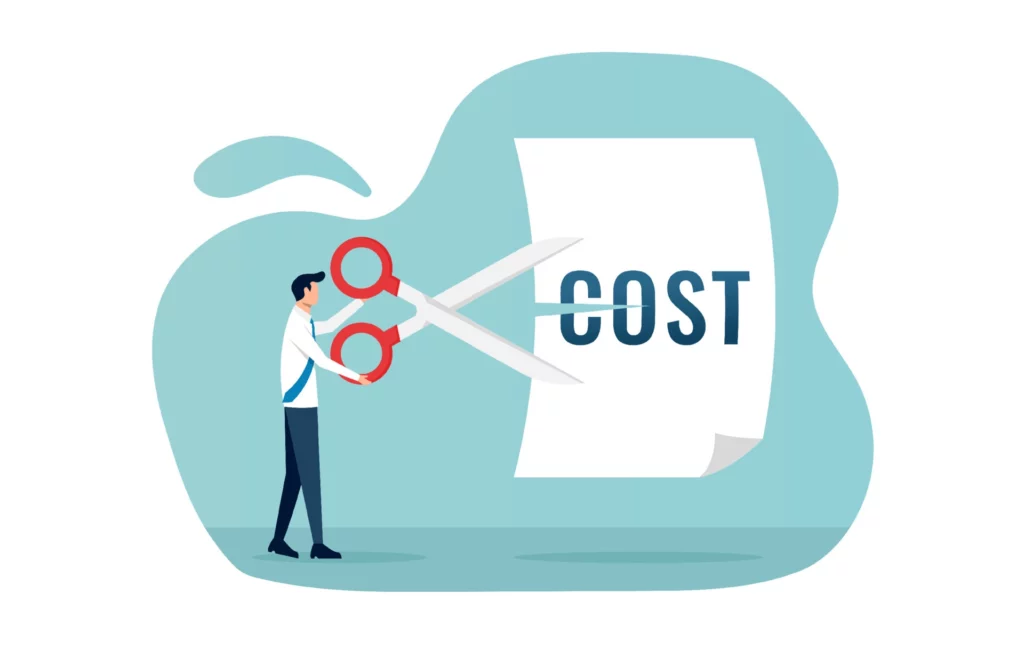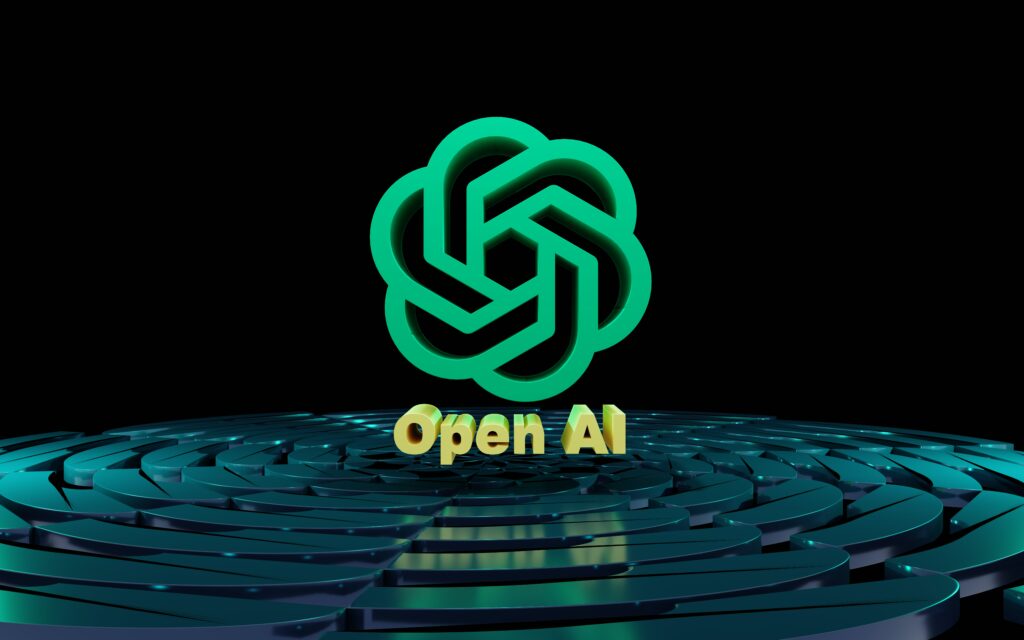From Discovery Phase Of Project To Its Implementation

The discovery phase is a vital step in project management that allows project teams to gain a comprehensive understanding of the project’s goals, requirements, risks, and opportunities. By conducting thorough research, gathering stakeholder input, and analyzing feasibility, project managers can lay a solid foundation for successful project execution, minimizing risks and maximizing the chances of achieving project goals. Do you want to learn more about the Discovery phase?
Scroll down to find out:
- What is Discovery in project management and why does it matter?
- Discovery phase preparation
- Discovery team
- Discovery steps
- Duration and price
- Discovery session
- Discovery phase deliverables
What is Discovery in project management and why does it matter?
In project management, the term “discovery” refers to the initial phase of a project, where the team gathers information, analyzes requirements, identifies risks, and looks for potential solutions. This is a very important stage because it happens before the project starts and forms the basis for the future project.
Discovery in project management is important for the following reasons:
- Requirements identification: This includes analyzing stakeholder needs, setting goals, and establishing the project scope. Clearly defined requirements at the discovery stage will help avoid misunderstandings and further expansion of the project scope.
- Identify and minimize risks: By identifying these risks early on, the project manager can formulate strategies to mitigate them, allocate resources, and prepare contingency plans.
- Finding solutions: By exploring different solution options, project teams choose the best one, taking into account factors such as price, timing, resources, and stakeholder preferences.
- Stakeholder engagement: Helps to harmonize project goals with stakeholder needs, manage expectations, and build closer relationships.
- Cost and time estimation: With a deep understanding of the project scope, deliverables, and potential challenges, project managers create more accurate estimates. This enables better planning, budgeting, and resource allocation.
- Alignment and decision-making: A shared understanding improves decision-making, minimizes conflict, and increases the chances of project success.
Discovery phase preparation
The process of preparing for the discovery phase of project management consists of a number of basic steps. Below is a typical plan to help you get started:
| Define the goal and objectives |
|
| Organize the discovery team |
|
| Conduct initial research |
|
| Identify stakeholders |
|
| Plan the methods of data collection |
|
| Develop interview or questionnaire guidelines |
|
| Conduct interviews or meetings with stakeholders |
|
| Analyze the collected data |
|
| Verify and finalize the requirements |
|
| Record the results of the discovery phase |
|
Discovery team
“Discovery Team” means the group of individuals responsible for conducting the “Discovery Phase” of a project. The Discovery Phase is the first stage in project management in which the team gathers information, establishes project requirements, and explores potential solutions before the project officially begins.
The exact composition of the discovery team depends on the nature and scope of the project. In general, it includes key stakeholders, experts, project managers, business analysts, designers, and developers. Team members collaborate to gain a complete understanding of the project’s goals, scope, constraints, and desired outcomes.
During the discovery phase, the team performs activities such as conducting research, examining existing systems or processes, conducting stakeholder interviews, defining project goals, formulating requirements, and identifying risks and challenges. The information gained at this stage helps to formulate a detailed project plan, assess its feasibility, and make informed decisions about the direction of the project.
The Discovery team plays an important role in laying the foundation for a successful project by ensuring that the needs, constraints, and potential solutions to the project are fully understood before moving on to the development phase.
Discovery steps
During the Discovery Phase of a project, there are several steps or activities that are typically undertaken to gather information and lay the groundwork for the project. Below are some common steps associated with the Discovery phase:
| Define project objectives | Formulate the goals and objectives of the project. Establish what problem the project aims to solve or what perspective it seeks to use. |
| Find the stakeholders | Identify the main stakeholders who will be affected by the project or have an interest in it. |
| Conduct research | Conduct market research, user surveys, competitor analysis, and other methods to understand the industry, target audience, market trends, and existing solutions. |
| Gather requirements | Collaborate with stakeholders to better understand their needs, expectations, and requirements for the project. |
| Assess feasibility | Assess the potential risks and constraints that affect the success of the project and identify strategies to mitigate them. |
| Define the scope | Determine what will be included in the project and what will be excluded from it, and identify limitations or obstacles that need to be considered. |
| Develop user personas or use cases | This helps to understand the behavior, needs and motivations of the users. |
| Create a project plan | Based on the information you’ve gathered, create an overall project plan that outlines the timeline, deliverables, resources required, and milestones for the project. |
| Create a prototype and test it | Help refine the project concept and make necessary changes. |
| Document the results | Serves as a reference for the project and lays the foundation for future project phases. |
Duration and price
The length and cost of the Discovery phase of a project depends on factors such as project complexity, scope, industry, and the size of the team involved.
| Duration | Cost |
| The duration of the discovery phase can range from one week to several months, depending on the size and complexity of the project. Typically, smaller projects may involve a shorter discovery phase, while larger and more complex projects will require a longer discovery phase to analyze requirements in detail and search for information. A reasonable estimate for the duration of the familiarization phase is 4 to 12 weeks. | The price of the discovery phase depends on various factors, including the hourly rate of the team members involved, the size of the team, and the complexity of the project as a whole. Since the Discovery phase mainly involves research, analysis, and documentation, the costs are relatively lower compared to the subsequent phases of project development or implementation. However, it is difficult to give an exact price without specific project details. Typically, the Discovery phase can cost about 10-20% of the total project budget. |
It is important to consult with project managers, business analysts, or other stakeholders to get an accurate estimate of the cost and duration of the Discovery phase, given the specific requirements and characteristics of your project.
Discovery session
A discovery session is a joint training or meeting held during the discovery phase of a project. It brings together key stakeholders, project team members, experts, and other relevant individuals to discuss information, generate ideas, and explore project requirements. The purpose of the Discovery Session is to improve communication, gather information, and align stakeholder views to ensure a common understanding of the project goals and objectives. Here’s a look at what a discovery session includes:
- Define the objectives of the session: This includes gathering requirements, identifying pain points, exploring potential solutions, or setting project constraints.
- Identify the participants: These are usually from different departments or areas of expertise, such as project managers, business analysts, designers, developers, and end users.
- Prepare the materials: These may include market research reports, user surveys, competitor analysis, or existing system documentation.
- Facilitate discussions: These can be brainstorming sessions, group discussions, individual presentations, or interactive exercises.
- Review the project goals and requirements: Identify the specific requirements and expected outcomes that the project should aim to achieve.
- Identify constraints and risks: These are technical constraints, financial constraints, regulatory requirements, or possible difficulties that need to be considered.
- Document the deliverables: These notes will help the project team in their work and ensure thаt the most important information is collected.
- Identify next steps: This may include further research, additional workshops, prototyping, or refining project plans.
The length of the discussion session may vary depending on the complexity of the project and the number of topics to be discussed. It can range from a few hours to a full day or more, depending on the needs of the project.
Discovery phase deliverables
During the discovery phase of the project, various deliverables are created by documenting and communicating findings, ideas, and solutions. These deliverables serve as the foundation for the subsequent phases of the project. The specific list of deliverables may vary depending on the nature and requirements of the project, but here are some common examples:
- Discovery report: A full report summarizing the activities, findings and recommendations of the Inception Phase.
- Requirements document: A document that describes the project requirements derived from the Discovery phase.
- User personas or user profiles: Detailed profiles designed to represent the individual types of users or stakeholders involved in the project.
- User journey maps: A visual model of a user’s experience and interaction with a product or service along the user journey.
- Wireframes or prototypes: Low-fidelity wireframes or interactive prototypes that show the planned user interface and functionality.
- Risk Analysis: A document that identifies and evaluates the possible risks and difficulties associated with a project.
- Project Plan: A detailed project plan that defines the timeline, milestones, deliverables, and resource allocation for a project.
- Presentation or workshop materials: These materials summarize key information and are used for discussion and decision-making.
Conclusion
Once the Discovery phase of the project is complete, the findings play an important role in determining the direction and success of the project.
In general, the Discovery Phase defines the foundation of the project, establishes an understanding of its goals and requirements, and provides a basis for the development of subsequent phases of the project. The findings and materials of the study are valuable resources that should be used during the further development and implementation of the project.
If you are planning to reduce risks and increase the chances of successful project implementation, or are planning software or web development, or are considering the possibility of implementing new technological solutions, then you have definitely come to the right place! OmiSoft specialists will be happy to help you on our FREE consultation.
Struggling to get your discovery phase right? Get some industry insights from our experts.
Contact Us
 EN
EN DE
DE










